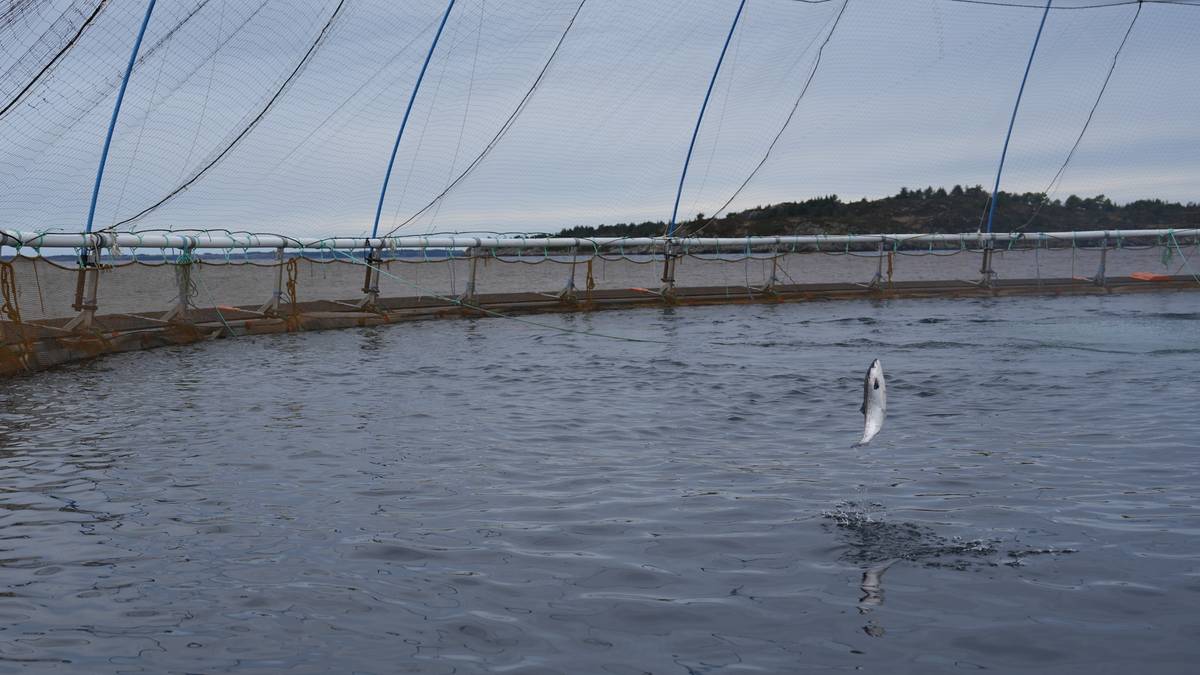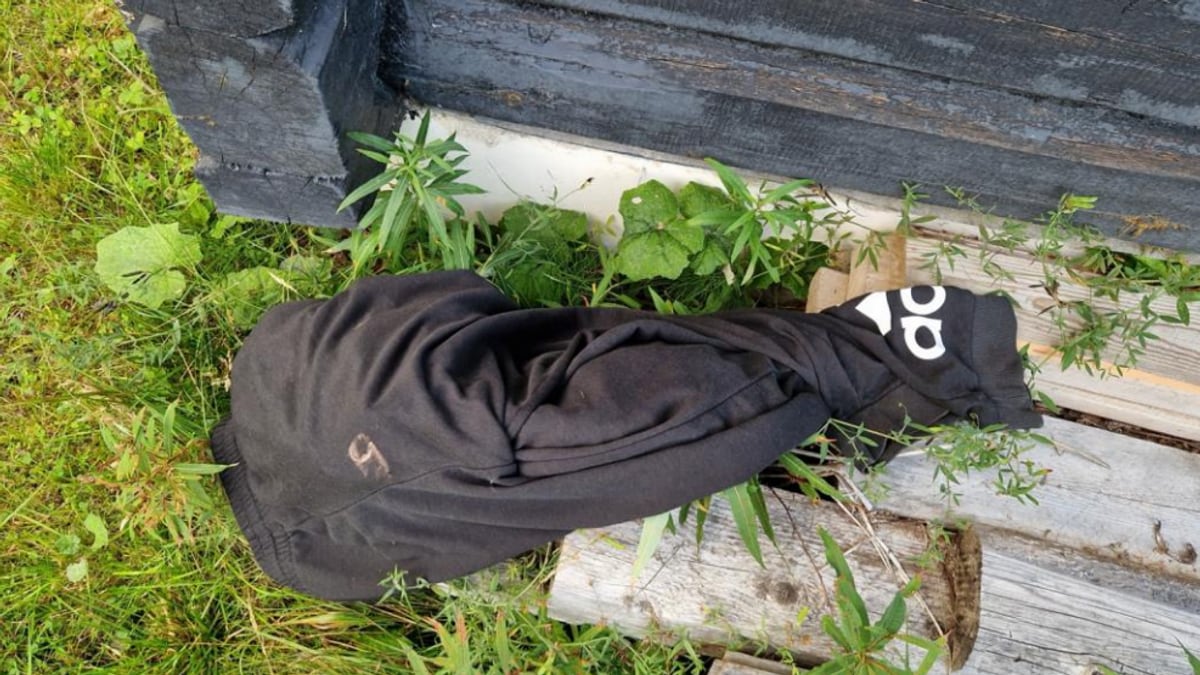I en teltleir i Deir al-Balah, midt i Gaza, har 47 år gamle Ismael Mohammed ikke fått sove på flere dager. Det er ikke angst eller frykt som holder ham våken, men glede.
Etter 15 måneder på flukt, kan han og familien endelig ta fatt på turen hjem til Jabalia. Dette er første gang siden høsten 2023 at palestinere får returnere til Nord-Gaza.
– Jeg har ventet på denne dagen lenge, sier Ismael, til Reuters.

Hva som venter dem er de usikker på, men de vet at de returnerer tilbake til ødelagte minner. De skal møte det som engang var et hjem, men som nå mest sannsynlig er redusert til støv og ruiner.
Med på hjemreisen er hans kone Badreya, deres barn Waseem, Naseem, Maysoon, Yasser, Abdulrahman og Mohammed. I tillegg til Waseems kone og deres to barn.
– En splint suste forbi barna mens de sov i teltet. Barna har blitt syke av krigen, forteller Badreya.
Kvelden før er familien samlet til en siste middag inne i teltet.

Ismael og Badreyas barn og barnebarn legger seg til leggetid, spent på hva morgendagen bringer.

Teltet i Deir al-Balah er bare 18 kilometer fra deres hjem i Jabalia. Men det er vanskelig å få leie eller skyss med en en bil som må stå i timevis ved israelske kontrollposter.
Som de fleste andre familier må de ta fatt i beina og gå den lange strekningen hjem.
Etter at teltet er demontert, er familien klar for å gå.

Alle bortsett fra de minste barna skal bære store pakker lastet med sengetøy, klær, kjøkkenutstyr, mat og vann.
Turen vil ta mange timer.
For Ismael er reisen skremmende. Han har diabetes og mistet en arm på grunn av sykdommen før krigen.
I fjor ble beinet hans skadet i et israelsk luftangrep. Han kan ikke gå som normalt, og må bruke stokk. På ryggen skal han bære en sekk med eiendeler.

I krigens innledende fase fokuserte Israel på den nordlige delen av Gazastripen. Hundretusenvis av palestinere fikk ordre om å evakuere sørover, og har vært på flukt i over et år.
At Ismael og familien nå får vende tilbake er en del av våpenhvileavtalen mellom Israel og Hamas.

Langs veien krysser de flere nabolag i total ruin. Det ligger hauger av stein langs hver side der bygningene engang har stått.
– Da vi nærmet oss Jabalia, og jeg så alt som var borte, føltes det som om vi ikke kom til å finne noe. Ikke engang vårt eget hus, sier Ismael.

Da de nådde Gaza by, forbi de israelske sjekkpunktene fant de en taxi som kunne frakte dem det siste stykket.
Hele familien klemte seg inn i den ene bilen.

De siste kilometerne var en påminnelse om at krigen hadde forvandlet hjemmet deres til en spøkelsesby.
Det som engang var et nabolag, var bare et stort landskap av ødelagte bygninger.
– Det er godt å være tilbake, men ikke en fullstendig glede. Det er ikke noe hjem, ikke noe vann eller mat.

I ruinene sitter familien uten noe. Teltet de hadde i Deir al Balah ble gitt til en nabo. Nå har de ingenting å finne ly under.
Det er tomt der de engang hadde et hjem.
Barna begynner å lete etter eiendelene sine. I de forlatte ruinene finner de et glimt av fortiden. En hvit enhjørning med rosa ører dukker opp fra steinmassene.

FN anslår at over 90 prosent av boligene i Gaza har blitt skadet under krigen. Av disse er 160.000 fullstendig ødelagt, mens ytterligere 270.000 har fått omfattende skader.
– Jeg vet ikke hvordan vi skal sove her, sier barnefaren.
Ismael tenner et bål og henter ut madrasser fra ruinene. Her skal de tilbringe de neste nettene.
Familien håper at våpenhvilen varer slik at de kan bygge opp det de har mistet.


 1 month ago
58
1 month ago
58

















 English (US)
English (US)